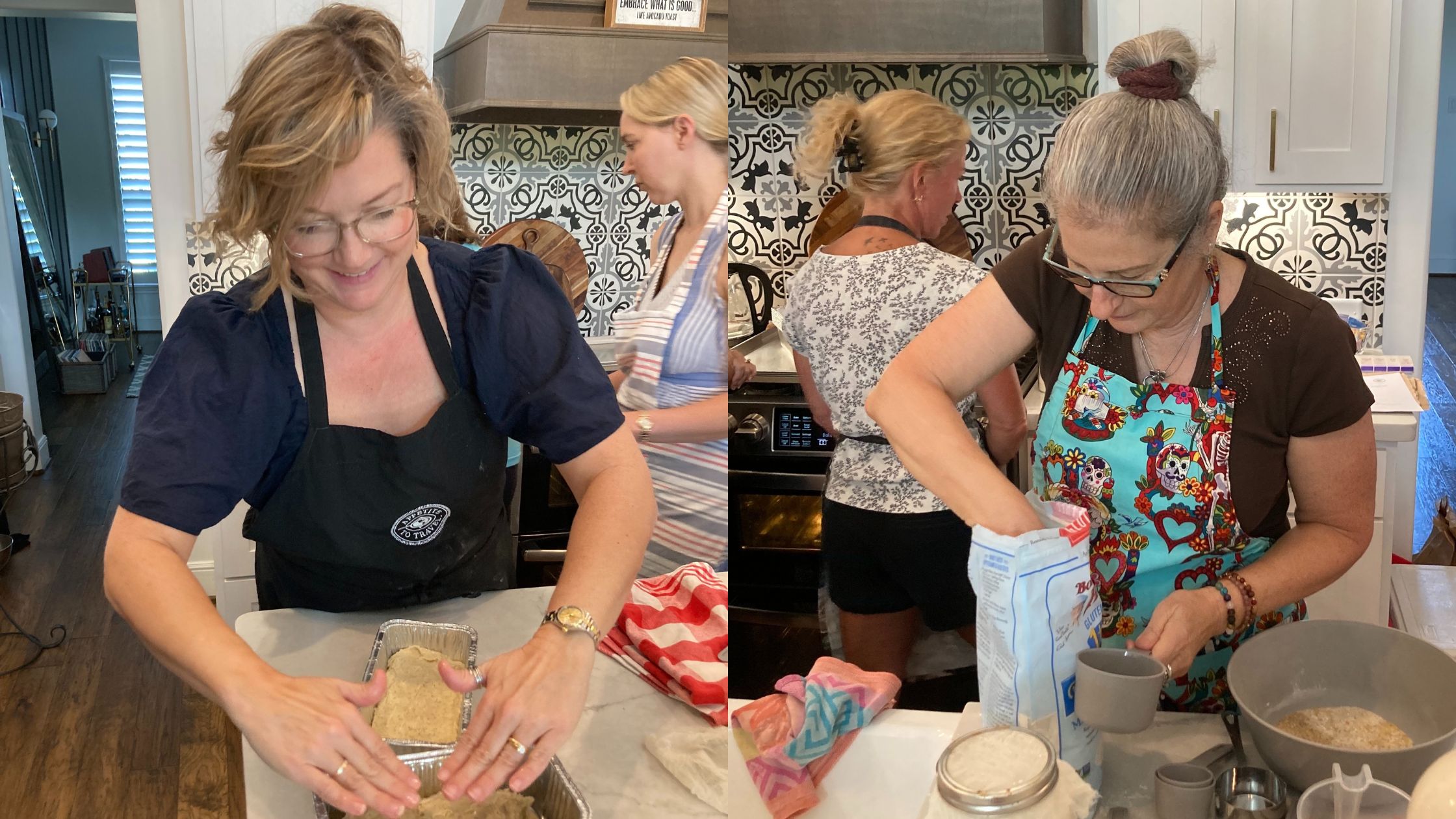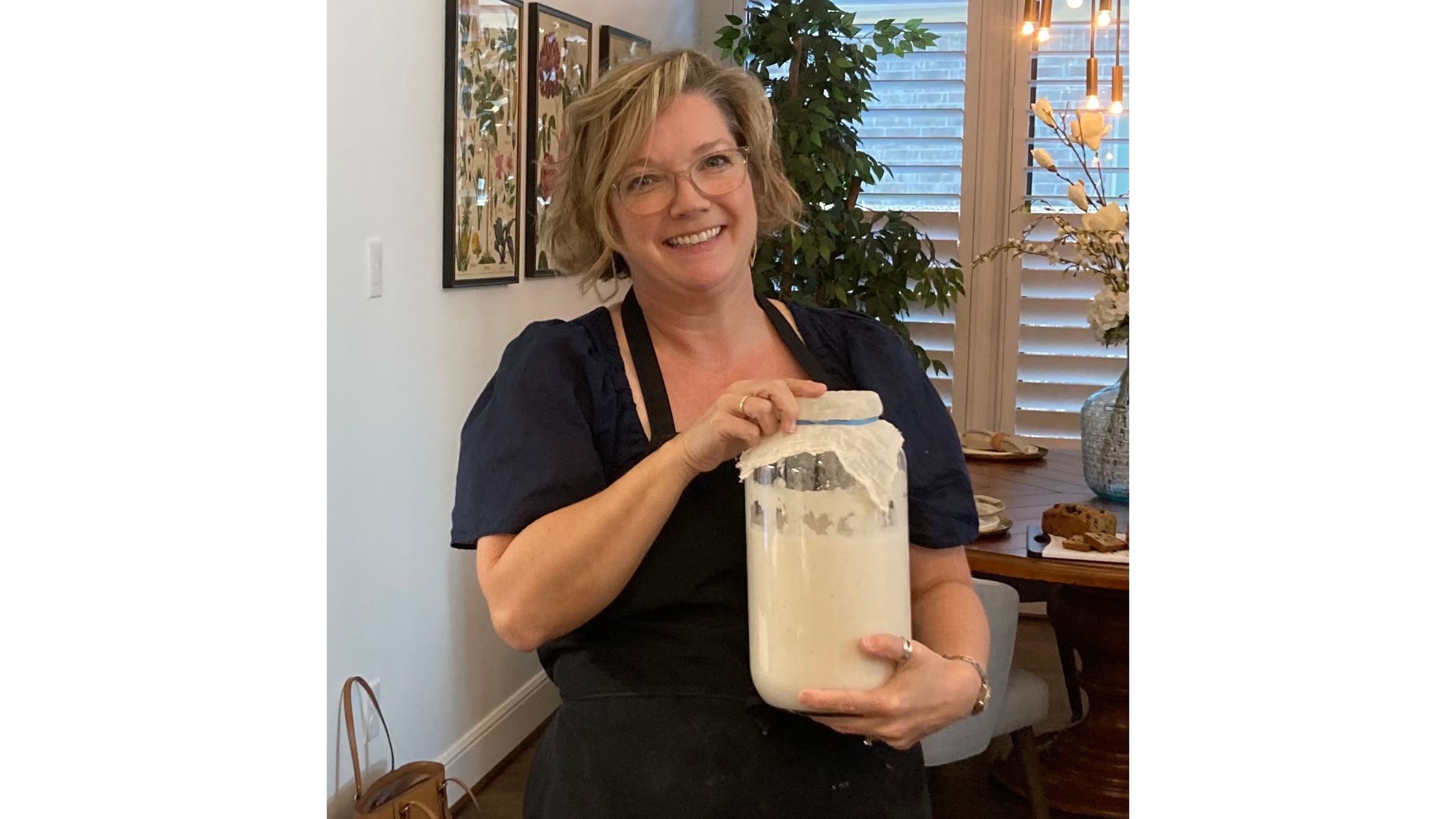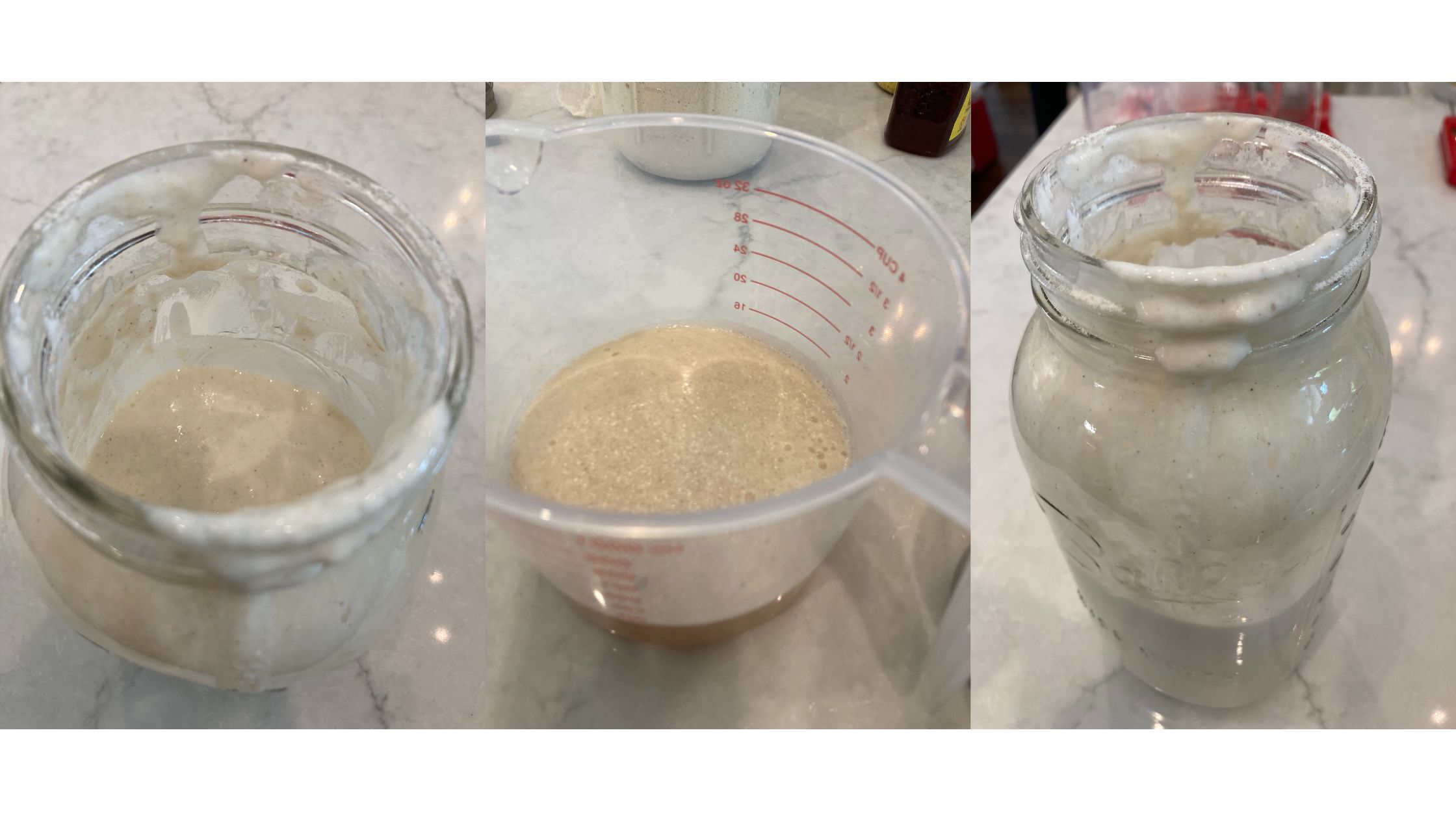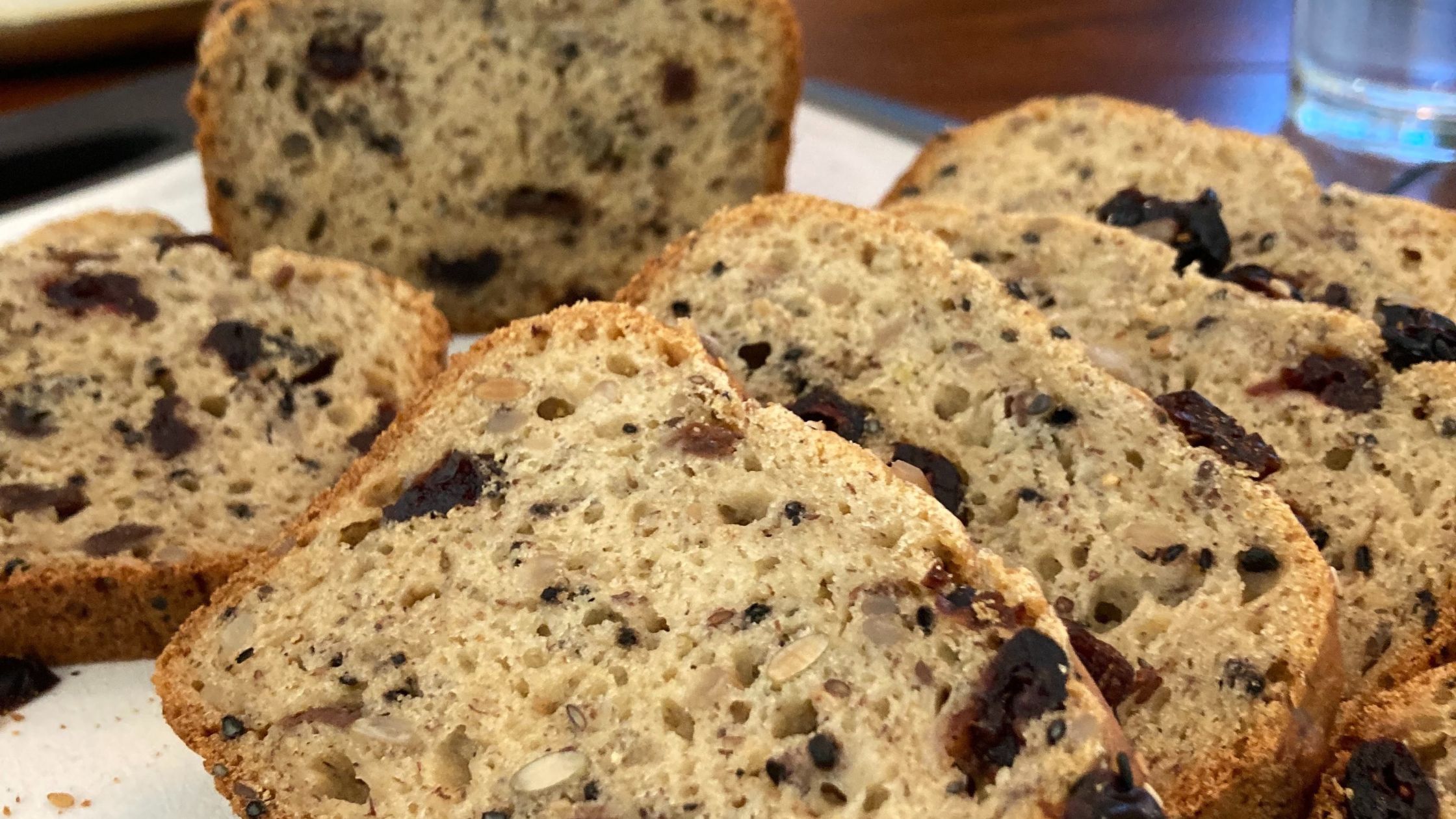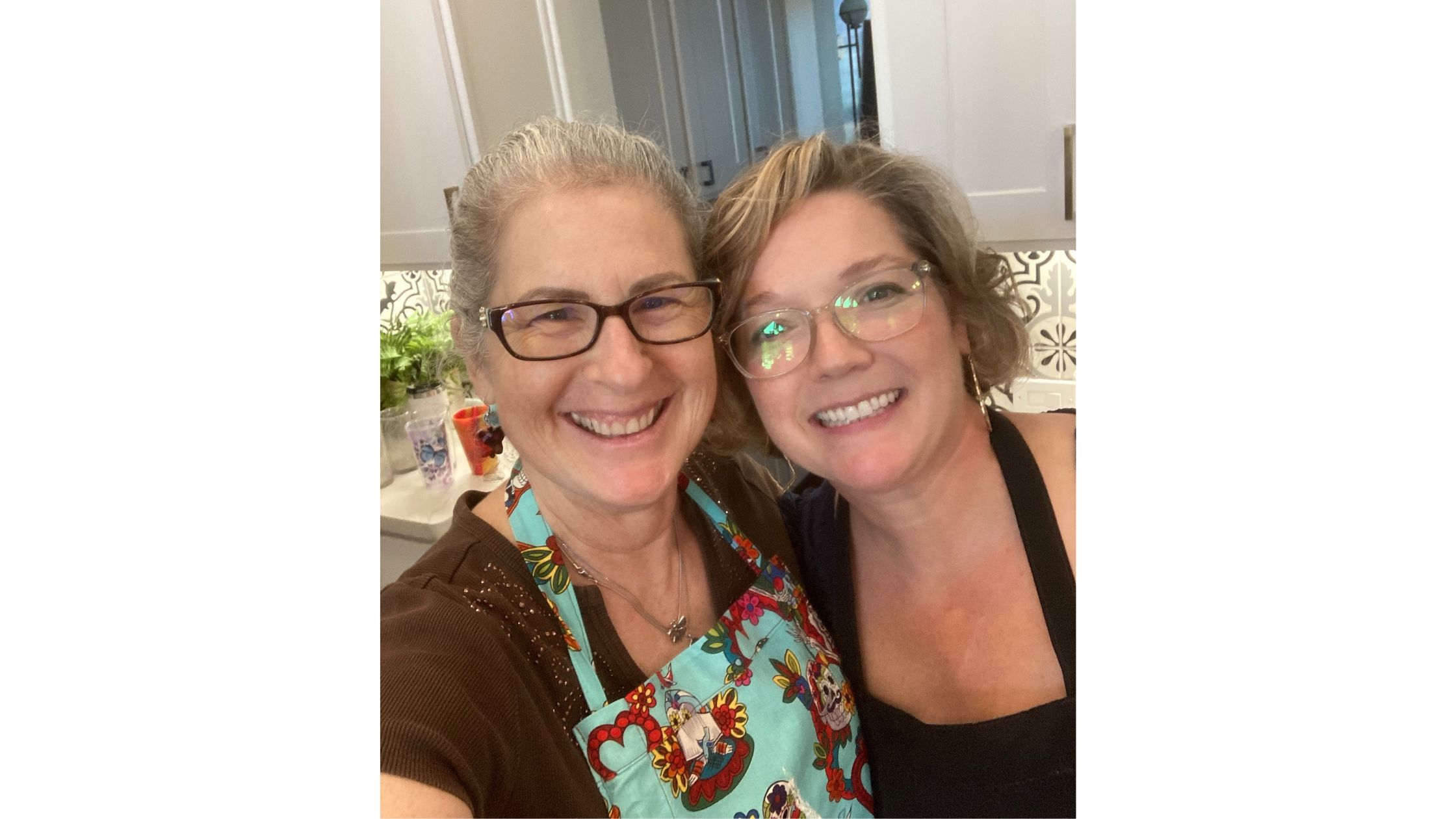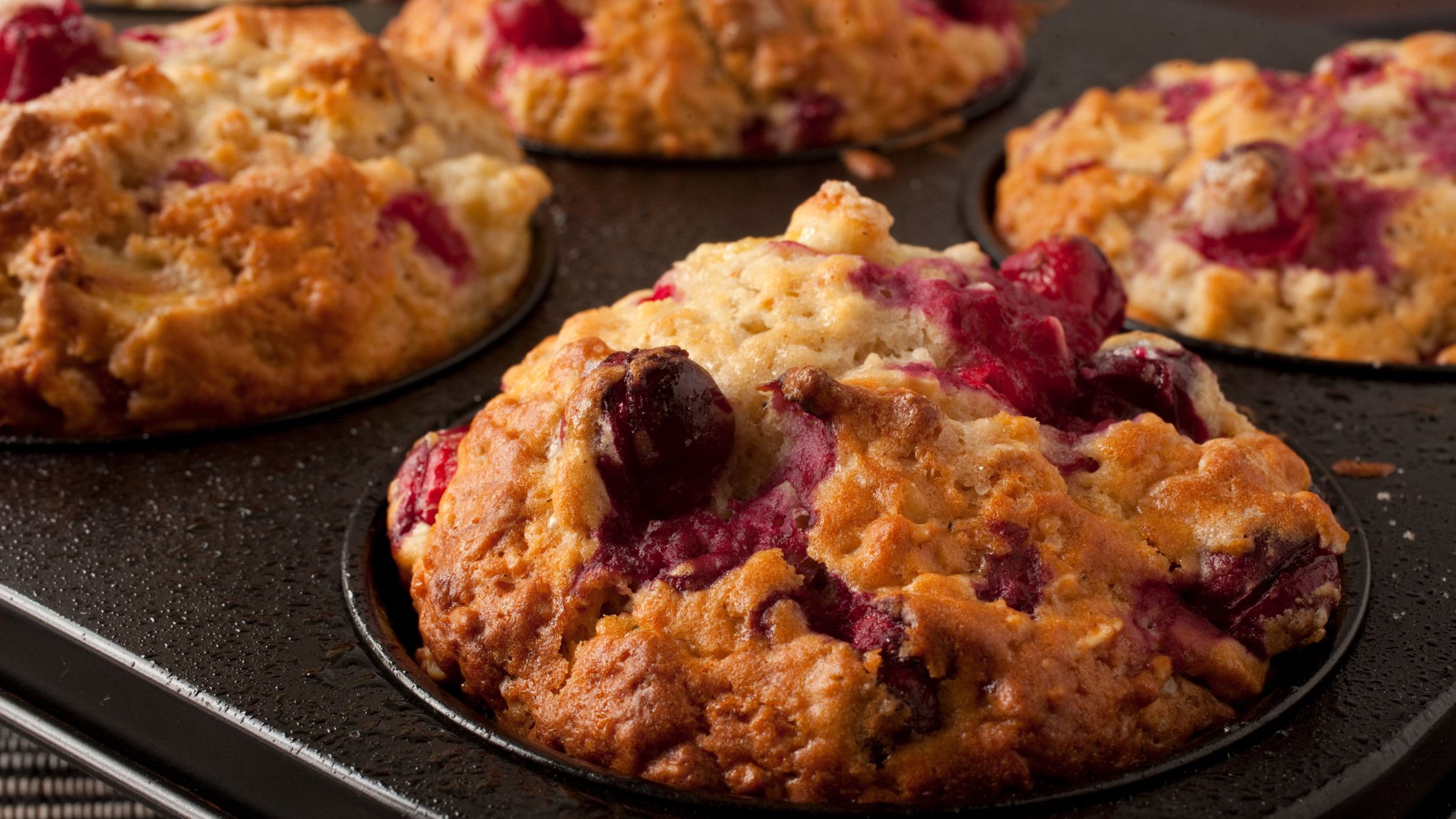Groceries are a moving target in the retail world, and stores like Dollar Tree are evolving to capture the shifting focus of consumers' food dollars.
In response to the increasing cost of groceries, Dollar Tree is expanding its reach into the market. They plan to install more cooler cases for cold and freezer items, aiming to add approximately 16,000 new cooler doors nationwide.
Shopping Smart
As Dollar Tree ventures into a wider array of grocery offerings, customers are tasked with shopping smarter. It's essential to not only consider the price but also the nutritional value of your purchases.
Here's what to remember:
- Size and Value: Budget stores might offer different product sizes, making a Grocery Price Tracking Worksheet a vital tool for smart shopping. Often the budget grocery stores look like a deal until you really compare the prices per ounce rather than per package.
- Quality Over Cost: Inexpensive doesn't always equate to healthy. It's important to read labels and choose items that offer nutritional value. Due to their focus on low cost, many budget stores choose to carry cheap products which are usually low in nutrient density. Your body and your health are worth paying more for real food.
- Strategic Purchases: Dollar Tree's multiple price points can lead to larger basket sizes. Know your prices and don't be lured into false deals.
- Efficient Shopping: Avoid the trap of convenience. Just because you're already at Dollar Tree doesn't mean you should compromise on value or nutrition.
- Instant Gratification: While you know snacks and candies aren’t great, if you’re walking aisle after aisle looking for the good deals you may get decision fatigue and succumb to a treat. Or two. And once it comes into the house someone is going to eat it. Don’t do that. Use the same strategy I encourage when shopping at any grocery store. Don’t shop hungry and always grocery shop with a list.
The journey through budget grocery shopping is filled with both opportunities and pitfalls. The key is to shop with intention, keeping both your budget and health in mind. By being mindful and informed, we can navigate the aisles of Dollar Tree and other budget stores without compromising on our standards for nutrition and well-being.
Be prepared
Groceries aren’t the only thing you can get at Dollar Tree. It’s also possible to buy emergency preparedness supplies there. Every Dollar Tree is different, so you’ll need to think about what you might need and then check the aisles to see if your store has those supplies. If needed you may want to check out more than one Dollar Tree in your area.
Here’s what I found at mine:
- Safety goggles
- Lighter
- Mini flashlight
- Headlamp flashlight
- A pair of gloves (with a suggestion to also have a pair of heavy-duty gloves in your car)
- Bungee cords
- Paracord
- Glow bracelets
- Push light
- Essentials for a first aid kit
- Paper tape
- Regular tape (with a recommendation to include duct tape)
- Lanyard-style glow sticks
When shopping at the Dollar Tree, or any low cost store, be strategic, be healthy, and most importantly, be savvy with your dollars.


